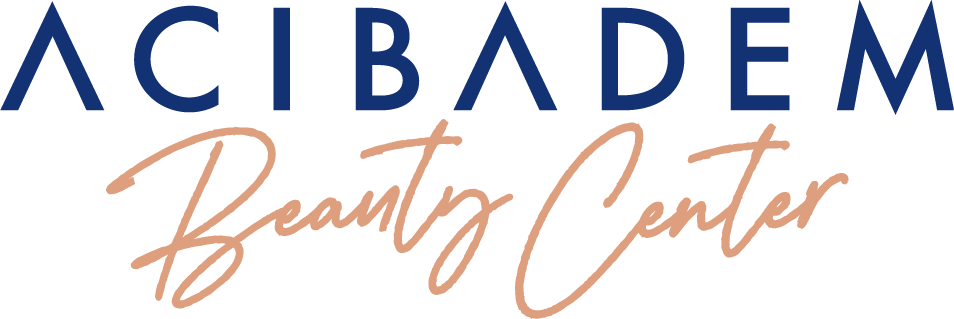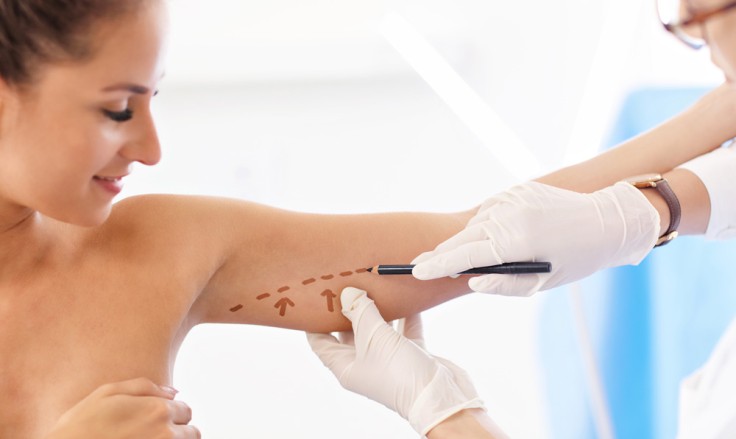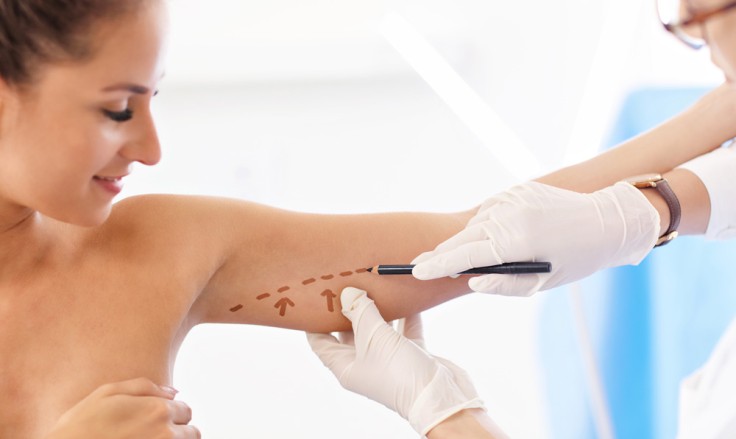Arm Lift Recovery Demystified: 10 Essential Tips
Introduction
An arm lift, or brachioplasty, can significantly enhance your silhouette. It does this by removing excess skin and fat from your arms. However, the recovery process plays a crucial role in achieving the best results. Many patients worry about downtime, discomfort, and how to maintain their new contours. In this article, we provide 10 essential arm lift recovery tips designed to demystify the process and help you achieve a smooth, speedy recovery.
Tip 1: Follow Your Surgeon’s Instructions
- The foundation of a successful recovery is strict adherence to your surgeon’s post-operative instructions.
- These guidelines are based on extensive experience and are tailored to your specific procedure.
- Whether it’s medication schedules, wound care, or activity restrictions, following these instructions helps prevent complications.
- If you are unsure about any aspect of your care plan, do not hesitate to ask your medical team for clarification.
Tip 2: Prioritise Rest
- Rest is essential immediately after your arm lift surgery.
- Your body needs time to heal, and adequate rest reduces the risk of complications.
- For the first few days, plan to stay off your feet and limit movement.
- Arrange a comfortable recovery space where you can relax and minimise strain on your arms.
- Ensure that you have support at home for daily tasks.
Tip 3: Manage Your Pain Effectively
- Pain management is a critical component of your recovery.
- Your doctor will prescribe pain relief medications to help control discomfort.
- It is important to take these medications as directed, even if the pain seems manageable.
- In addition, using ice packs on the affected area for short intervals during the first 48 hours can help reduce swelling and alleviate pain.
Tip 4: Maintain a Healthy Diet
- Nutrition plays a vital role in the healing process.
- A diet rich in proteins, vitamins and minerals supports recovery and boosts your immune system.
- Focus on incorporating foods such as chicken, fish, legumes, and leafy greens.
- Additionally, include whole grains and healthy fats from sources like avocados and nuts.
- Hydration is equally important—aim to drink at least eight glasses of water daily.

Tip 5: Gradually Reintroduce Physical Activity
- While rest is crucial, gradually reintroducing physical activity is also important.
- Start with gentle activities like short walks as soon as your surgeon advises.
- Light stretching can help improve circulation and prevent stiffness.
- However, avoid strenuous activities or heavy lifting during the early weeks of recovery.
- Slowly increase your activity level as your body heals.
Tip 6: Take Care of Your Incisions
- Proper care of your incisions is key to reducing the risk of infection and minimising scarring.
- Keep the surgical area clean and dry according to your surgeon’s instructions.
- Use any prescribed ointments or dressings as recommended.
- Avoid submerging your incisions in water until your doctor gives you the go-ahead.
- Protect your incisions from direct sun exposure, as UV rays can cause pigmentation changes.
Tip 7: Monitor Your Recovery Progress
- Keep a close eye on your recovery process.
- Maintain a recovery journal to track your pain levels, mobility, and any signs of complications.
- Documenting your progress can help you notice improvements or identify issues early on.
- If you experience unusual symptoms—such as increased redness, swelling, or severe pain—contact your healthcare provider immediately.
- Regular follow-up appointments with your surgeon are also essential.
Tip 8: Manage Stress and Get Emotional Support
- Recovery from surgery can be both physically and emotionally challenging.
- Stress can hinder your healing process, so it is important to adopt stress-management techniques.
- Consider practices such as deep breathing, meditation, or gentle yoga to maintain a calm state of mind.
- Additionally, talking to friends, family, or a professional counsellor can provide emotional support.
Tip 9: Follow-Up with Your Healthcare Team
- Consistent follow-up care is crucial for a successful recovery.
- Make sure you attend all scheduled appointments with your surgeon.
- These visits allow your healthcare team to monitor your progress, address any concerns, and make necessary adjustments to your treatment plan.
- Regular check-ins help ensure that any complications are managed promptly.
Tip 10: Embrace Long-Term Lifestyle Changes
- Long-term success after an arm lift depends on the lifestyle changes you adopt post-surgery.
- Slowly incorporate regular exercise into your routine to maintain muscle tone and support overall health.
- A balanced diet and proper hydration are also crucial in sustaining your results.
- Avoid habits that could negatively affect your recovery, such as smoking or excessive alcohol consumption.
Conclusion
Achieving a smooth and speedy recovery after an arm lift requires a comprehensive, multi-faceted approach. By following these 10 essential arm lift recovery tips, you can minimise discomfort, reduce downtime, and optimise your results. Prioritise pre-operative preparation and adhere strictly to your surgeon’s post-operative care instructions. Gradually reintroduce physical activity, maintain a nutrient-rich diet, and care for your incisions diligently. Equally important is managing stress and maintaining regular follow-ups with your healthcare team. Long-term lifestyle changes are the key to sustaining the benefits of your arm lift.
For more information and to book a consultation visit the ACIBADEM Beauty Center arm lift page.





